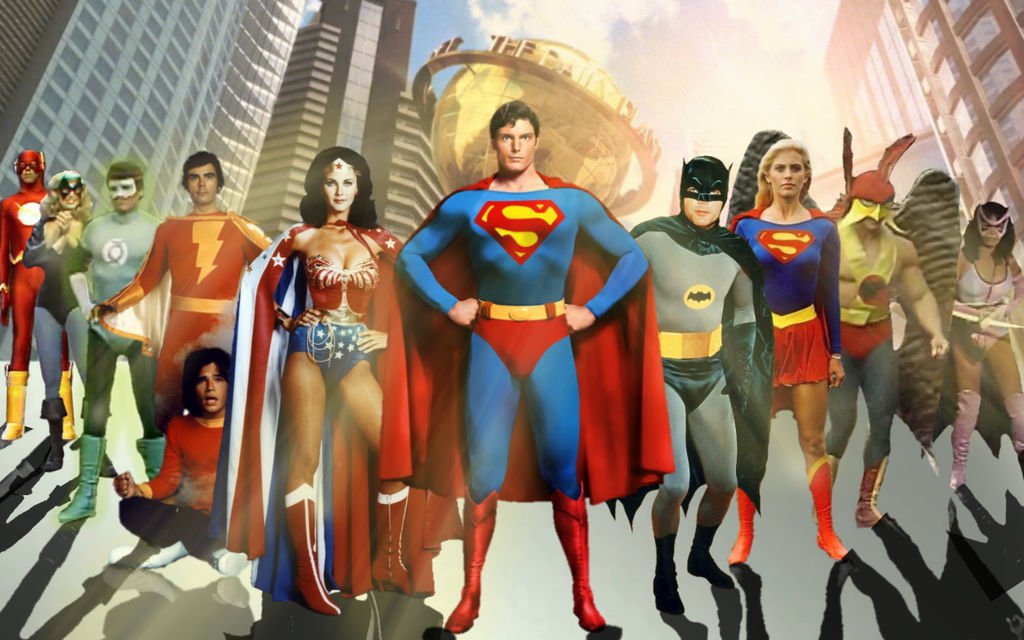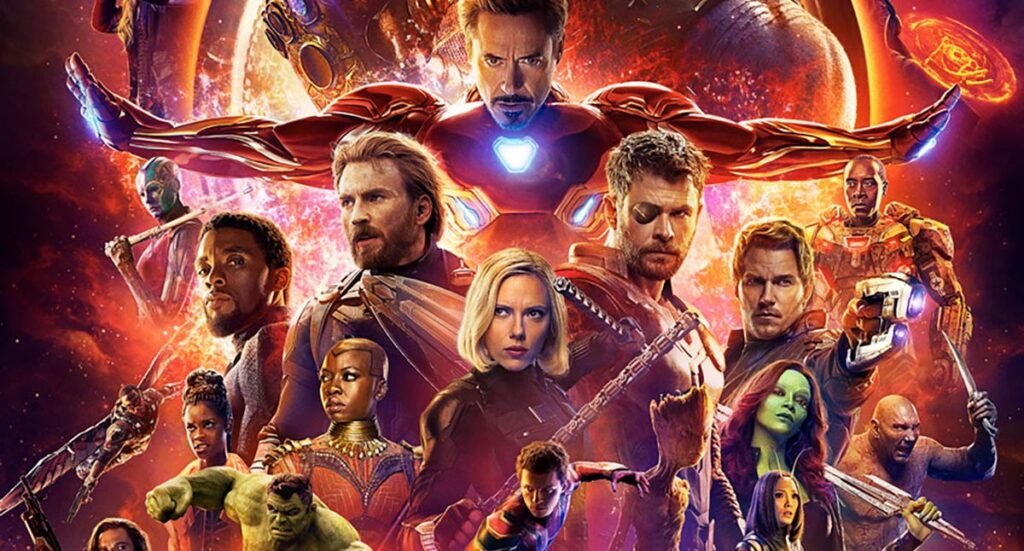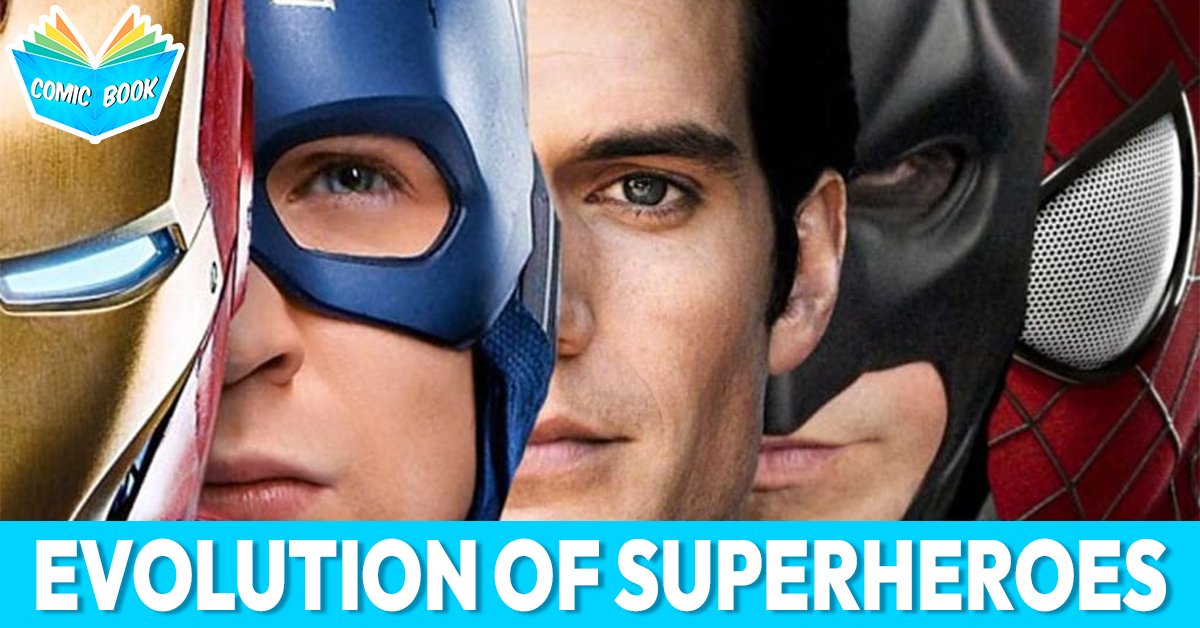Superheroes have become a cornerstone of modern pop culture, captivating audiences worldwide with their extraordinary abilities and compelling narratives. But how did these iconic figures evolve from humble beginnings in comic books to dominating the blockbuster landscape? Let’s embark on a humorous journey through the annals of superhero history and uncover the secrets behind their evolution.
The Birth of Superheroes: From Golden Age to Silver Screen

The Golden Age of Comics
In the late 1930s and early 1940s, a wave of superhero characters burst onto the scene, including Superman, Batman, and Wonder Woman. These colorful crusaders captured the imagination of readers with their daring exploits and unwavering commitment to justice.
The Silver Age Renaissance
The 1950s and 1960s ushered in a new era of superhero storytelling, marked by iconic characters like Spider-Man, the X-Men, and the Fantastic Four. This period saw a resurgence of interest in superheroes, fueled by groundbreaking storytelling and dynamic artwork.
The Rise of Superhero Movies: From Campy to Blockbuster

Campy Beginnings
In the 1960s and 1970s, superheroes made their first forays into film and television, albeit with mixed results. Campy adaptations like the Batman TV series and Superman movies entertained audiences but often lacked the depth and sophistication of their comic book counterparts.
The Blockbuster Era
The late 20th century saw a resurgence of interest in superhero movies, culminating in the release of blockbusters like Tim Burton’s “Batman” and Richard Donner’s “Superman.” These films laid the groundwork for the modern superhero genre, blending action-packed spectacle with compelling storytelling.
The Marvel Cinematic Universe: A Game-Changer in Superhero Storytelling

The Birth of the MCU
In 2008, Marvel Studios revolutionized the superhero genre with the release of “Iron Man,” the inaugural film in the Marvel Cinematic Universe (MCU). This interconnected series of films and television shows redefined the scope and scale of superhero storytelling, captivating audiences with its rich mythology and compelling characters.
Cultural Phenomenon
Over the past decade, the MCU has evolved into a cultural phenomenon, dominating the box office and reshaping the entertainment landscape. With blockbuster hits like “The Avengers” and “Black Panther,” Marvel has proven that superheroes are more popular than ever, transcending age, gender, and cultural boundaries.
The Future of Superheroes: Expanding Horizons and Pushing Boundaries

Diverse Representation
As the superhero genre continues to evolve, creators are increasingly embracing diversity and representation, introducing characters from different backgrounds, cultures, and identities. From Miles Morales to Kamala Khan, these new heroes reflect the rich tapestry of the real world, inspiring audiences and sparking important conversations about inclusion and representation.
Pushing Boundaries
Looking ahead, the future of superheroes is brighter than ever, with filmmakers and creators pushing the boundaries of storytelling and visual effects. From groundbreaking films like “Black Panther” to boundary-pushing series like “The Boys,” superheroes are poised to continue captivating audiences and pushing the limits of imagination for generations to come.
Conclusion
In conclusion, the evolution of superheroes from comics to blockbusters is a testament to the enduring power of these iconic characters. From their humble origins in the pages of comic books to their current dominance of the global entertainment industry, superheroes have captured the hearts and imaginations of audiences worldwide, inspiring us to believe in the extraordinary and embrace the hero within.
Frequently Asked Questions
Are superheroes based on real people?
While some superhero characters may be inspired by real-life figures or events, the majority are purely fictional creations conceived by writers and artists.
Why are superheroes so popular?
Superheroes resonate with audiences because they embody aspirational qualities such as courage, resilience, and selflessness. They offer an escape from reality and inspire us to believe in the possibility of extraordinary feats.
How do superhero movies influence society?
Superhero movies can influence society by reflecting and shaping cultural attitudes, values, and beliefs. They provide a platform for exploring complex themes and issues, from social justice to personal identity.
Will there ever be a real-life superhero?
While the concept of real-life superheroes may seem far-fetched, there have been individuals who have adopted superhero personas and performed acts of heroism in their communities. However, the likelihood of someone possessing superhuman abilities like those depicted in comics and movies is highly improbable.
What sets superheroes apart from other fictional characters?
Superheroes are distinct from other fictional characters due to their extraordinary abilities, strong moral codes, and dedication to fighting injustice. They often serve as symbols of hope and inspiration, transcending the boundaries of genre to become cultural icons.

